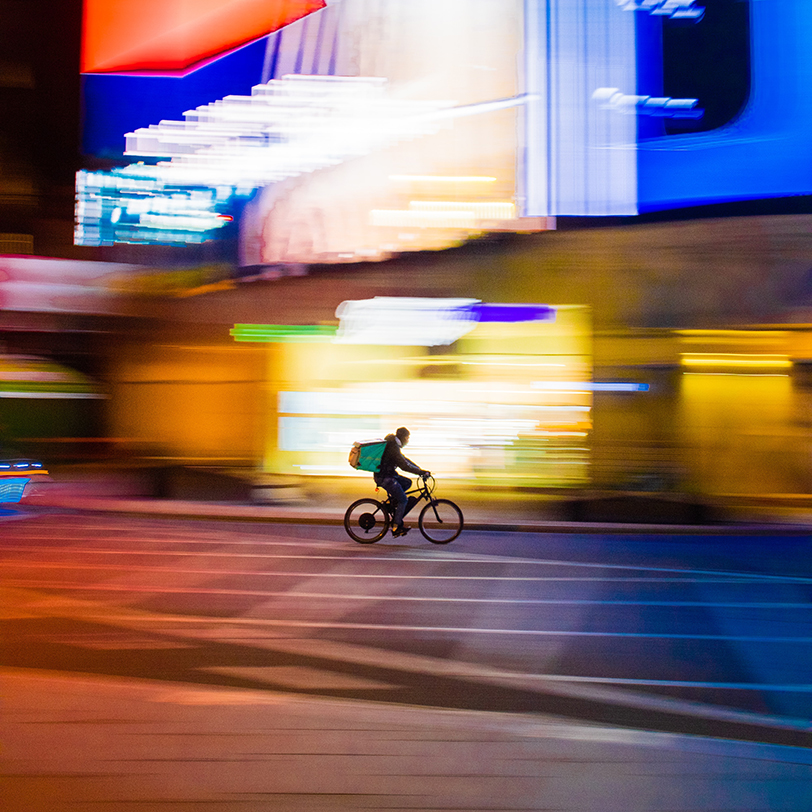Can food-riders improve the chain of survival to rescue cardiac arrest victims?
From a study published in the Resuscitation Journal by a group of doctors at the San Raffaele Hospital in Milan, a provocation has been launched (which we want to make our own): can food-riders improve the rescue chain to rescue the victims of OHCA?
Every year in Switzerland alone, more than 8,000 people die from heart failure. One of the major causes is the failure of rescue services to arrive in good time, since, on average, ambulances take more than 10 minutes to reach the place of intervention. Too long a period if shorter response times are associated with increased survival and improved neurological results. In this regard, it is enough to think that with every minute that passes, the chances of survival decrease by 10%.
Food-riders as First Responders
T. Squizzato, G. Landoni and A. Forti of the Department of Anesthesia and Intensive Care of S. Raffaele in Milan talk about this opportunity in the Resuscitation Journal. In an article titled “Food-riders may improve the chain of survival in out-of-hospital cardiac arrests by delivering CPR and AEDs”, the three have focused, once again, on the potential role of smartphones and mobile applications (such as Momentum) in sending lay rescuers for cardiac arrest emergencies. But they have launched an idea: the possibility of including food-riders among Lay First Responders.
According to the group the apps based on the geo-localization, activated by the emergency medical services’ emergency response center (144), on the localization and on the OHCA site sending of lay First Responders trained at CPR, play an important role. Especially the geo-localization function because it is used to calculate the distance between the location of the event and the last position of the rescuer. On average, Lay First Responders located at a maximum of 1 km from the place of intervention, receive a push-notification inviting them to accept to take part in the mission or refuse if unable to do so. All with one goal: to have a chain of volunteer rescuers ready to intervene to save a life.
But how can raiders, who satisfy our gluttony sins every day, help to improve survival rates?
The possibility of training citizens who work every day on the streets of our city to the CPR procedures could have positive effects. As the study group has also argued, training food-riders to provide first aid and, therefore, to sending them notifications of any recorded interventions near the places where they are geo-located, could improve the rescue chain. And why not, it might be even more useful to provide them with small portable defibrillators that can be carried in their backpacks or bikes. All with one result: increasing the survival chances of the victims.
The advantages considered are knowledge of city streets ranging from small tunnels to pedestrian areas, and the ability to move faster, especially at rush hour.
At this point we can as: why not train the riders to provide first aid in case of cardiac arrest?
The Momentum team by always helped the networks of First Responders in Switzerland to have an impeccable tool.
Thanks also to our system, the cantons have been able to improve the survival rate for victims affected by OHCA to a level never before reached in Switzerland. Just to mention a few: in the Canton of Ticino (a unique), there is a survival rate of more than 50%, while in the Canton of Basel with the adoption of Momentum there has been an increase from 10 to 40 percent in a single year.
Data that make us proud of the work done so far and that push us more and more to achieve a goal: make Switzerland the country with the highest survival rate in Europe!
